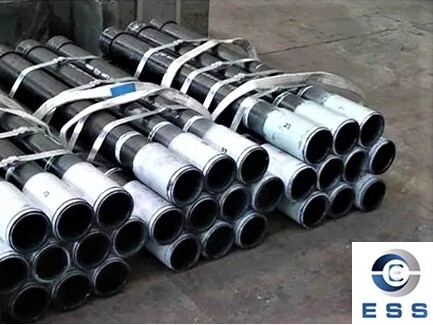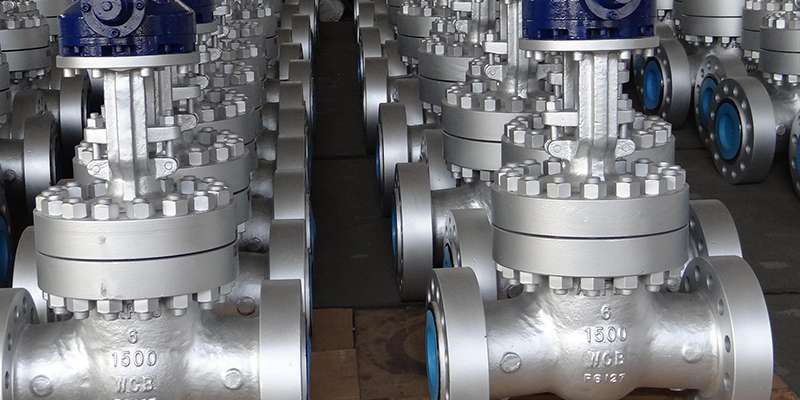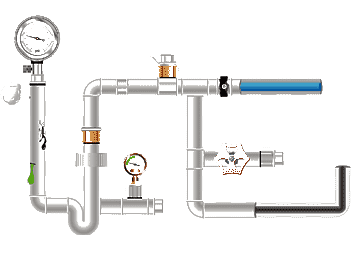What Is A Pipe Pup Joint
A pipe pup joint is a fitting
used to connect pipes. It is typically a short length of pipe that
can be connected using flanges,
threads, or other methods. It is primarily used in industrial piping systems as
a connection between a pipe and other equipment or pipelines.

Pup Joints Length
Pup joints are typically short, ranging
from 2 feet (24 inches) to 10 feet. However, there is no standard length. They
are available in a variety of sizes to provide the required specific length,
thereby creating the exact pipe length required for a specific application.
Some of the most common lengths are:
|
Nominal Length
|
Inches (in)
|
Millimeters (mm)
|
|
2 ft
|
24
|
610
|
|
3 ft
|
36
|
914
|
|
5 ft
|
60
|
1524
|
|
10 ft
|
120
|
3048
|
The required length depends on the total
length of the drill string or casing pipe to
be assembled and the standard lengths of the conventional connectors used. If
the drill string length is slightly shorter than the optimal length using only
conventional connectors, a pup joint can help drillers achieve the exact
desired drill string length.
Pup Joints Types
There are many types of pup joints, the
most common of which include:
Threaded pup joints come in various styles,
including double-ended male threads (NPT, BSPT), single-ended male threads
(one-end threaded), and plain male threads (one-end plain).
They are available in a variety of sizes
and can withstand high pressures, making them suitable for a variety of
high-pressure fluid pipelines and equipment.
2. Flange-Connected Pup Joints
A flange-connected pup joint is a short
pipe section with flanges on both ends, used in conjunction with flanges.
It is used to connect pipes, valves, or
equipment.
It typically complies with ASME B16.5, EN
1092-1, or GB/T 9112 standards.
A tubing pup joint is a short section of
tubing, identical in all other respects except for the length.
It is primarily used at the wellhead to
adjust the tubing string length to meet the requirements of varying well depths
and geological conditions. Manufactured according to API 5CT standards, common
materials include J55, N80, L80, and P110.
Casing pup joints are commonly used in
downhole engineering.
They are primarily used to connect casing,
support its own weight, and prevent it from collapsing due to excessive weight.
The production implementation standard is
also API
5CT.
Features of Pup Joints
1. Short Length
Pup joints are shorter than standard pipe
lengths, typically ranging from 2 to 10 feet.
2. Same Diameter
The outer and inner diameters of pup joints
are designed to match the standard pipe they connect to.
This ensures a seamless fit with the rest
of the pipeline.
3. Material
They are made of the same material as the
rest of the pipe in the system.
This is typically carbon steel, alloy
steel, or stainless steel, depending on the application and well conditions.
Uses of Pup Joints
Pup joints have many uses in industrial pipe systems:
1. Connecting Different Pipes or Equipment
Pup joints serve as transition
connections, allowing different pipes or equipment to be connected smoothly.
2. Increase Connection Flexibility
Through different connection methods
(such as flanges, threads, etc.), pup joints provide greater connection
flexibility.
3. Improve Construction Efficiency
At the construction site, pre-made pup
joints can speed up construction progress and reduce the time and complexity of
on-site processing.
Summary
The quality and safety of the short joint is very important because it
is directly related to the safety and stability of the entire pipeline system.
Unqualified short joints may cause leakage or even more serious safety
accidents. Therefore, the material, manufacturing process and quality control
of the short joint during installation are very important.
Read more: Length of Pipe Pup Joint













 Eastern Steel Manufacturing Co.,Ltd not only improve product production and sales services, but also provide additional value-added services. As long as you need, we can complete your specific needs together.
Eastern Steel Manufacturing Co.,Ltd not only improve product production and sales services, but also provide additional value-added services. As long as you need, we can complete your specific needs together.










